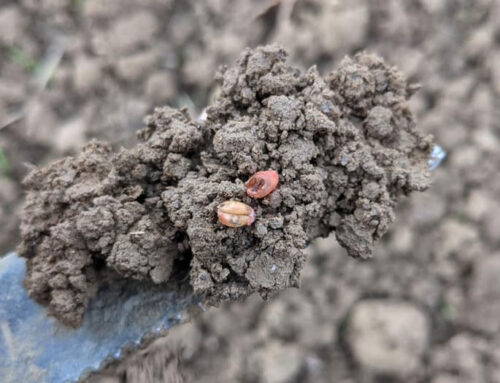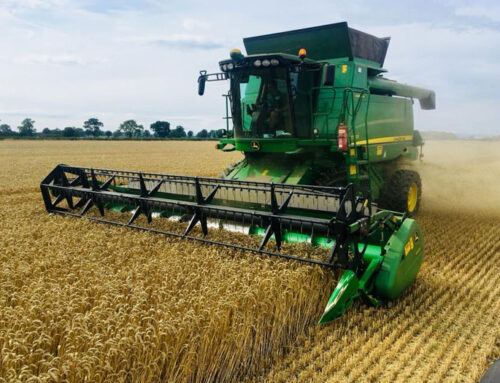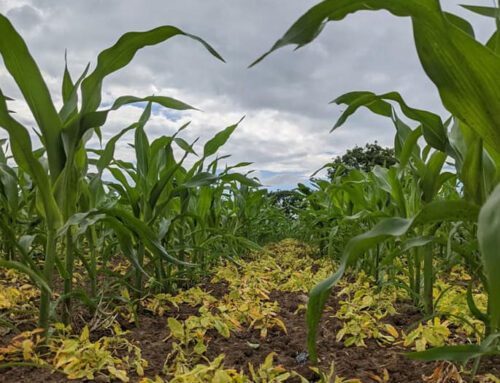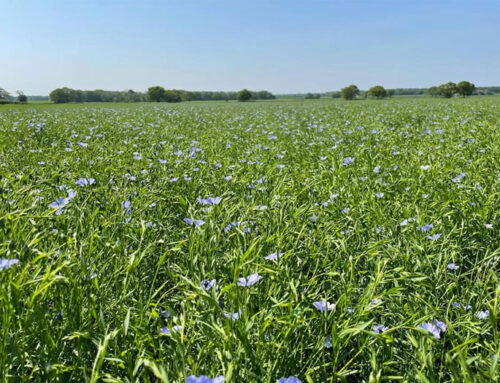July is always a mixed bag for an agronomist’s working calendar. It is usually a mix of crop trials, agricultural shows, finishing off beet and maize sprays while hopefully trying to squeeze in a small holiday. Coming from a family farm the last week of July is usually holiday week as once we start the barley and wheat my tractor driving skills are usually required. The rest of the family see this as a test of damage limitation keeping me confined to the simple tasks! The ever-increasing size of combines gateways have gradually expanded to resemble an exit off the M1 however I like to think of myself as consistent and will do my upmost best to etch a memory of the 2021 harvest into at least one gatepost.
Winter barley harvest has now started, and the early results are pleasing but we have a long way to go yet. It seems sacrilege that we spend all year nursing crops towards harvest and then we have a manic desire to kill them with glyphosate. The key is not to go on too soon with sunshine in a can, if grains easily split at the time of application you will end up with a lot of shrivelled hen feed and ultimately a smaller pile of grain.
Winter wheats have started to lose their show-stopping colour as they also approach maturity. Take all patches and varietal breakdown to diseases in the last 7 days have become evident. I have a twang of sympathy for the variety Firefly. Despite its name it looked a good prospect for a group 3 soft wheat. Sadly, it has now the nap hand of disease susceptibility brown rust, yellow rust, septoria tritici and fusarium as a consequence scotched from this years must drill list. Around the valley of Ryedale, the majority of wheat varieties have stood up well to the late infection however recent visits to trials, especially around the vale of York, have shown almost a full house of varietal breakdown to the disease with very little differences between some of the new fungicidal actives. As ever fungicide timing this year has been pivotal to keeping crops clean, choosing the correct actives at T1 has been where the differences are clearly visible. The loss of our ever-dependent multi-site chlorothalonil has also had a big impact on late season disease control.
Whilst my oilseed rape portfolio this year is smaller than usual what is left looks full of potential. Desiccation timing like flowering this year seems to take an age but all a sudden seed will go from dark green to brown in a matter of days so having chemical on farm for when the chequered flag is raised is vital.
Most potato crops are now in flower and although recent digs aren’t quite at the stage where they can accompany my evening meal, tuber initiation looks promising. This accompanied with last week’s monsoon season is helping give this crop the best start it could wish for.
The sprayers ventured out one last time this week into Maize crops to finish off their programmes with a liquid nitrogen foliar fertiliser based on urea polymers of variable lengths, that’s a mouthful! Scientifically the explanation is the longer the chains the slower the breakdown resulting in a phased release of nitrogen. If that is what they say, that is what they say all I know is in farmer field trials last year there appeared to be a positive impact on cob size and quality. We are trying again this year and if results are good then it will be part of my future program.




